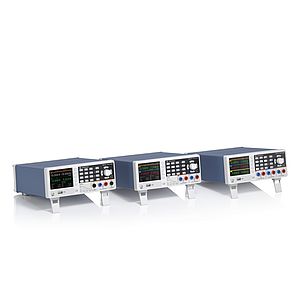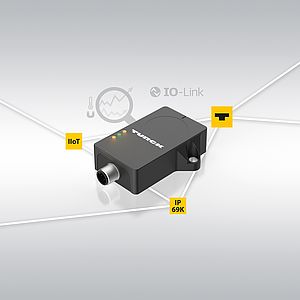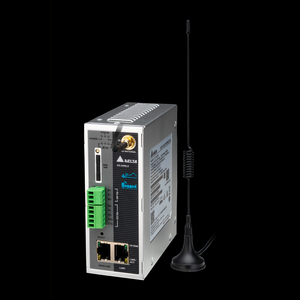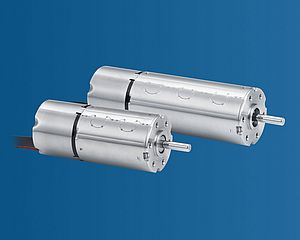Yole releases this week its annual technology & market analysis focused on the MEMS & Sensors industry titled Status of the MEMS Industry. Under this new edition, analysts propose for the first time an overview of the global sensors market with related market data and technology trends including MEMS, CIS, magnetic sensors, gas sensors, fingerprint sensors, optical sensors (ALS, proximity, RGB, TOF…), SAW filters…
Dynamic markets
Yole’s analysts are following more than 150 applications and tracking 300+ companies. This new report highlights the strategy of the MEMS & Sensors manufacturers including a companies’ ranking and market shares. Which applications are driving the growth of the market? What are the dynamics of the MEMS & Sensors players? What are the perspectives of this industry? Yole offers you today its understanding of the MEMS, sensors and actuators markets and applications.
A wide range of semiconductor-based sensors and actuators will be critical for the realization of future smart systems. The list includes imagers, magnetic sensors, chemical sensors, biometric sensors, optical sensors, RF devices and MEMS. Yole’s analysts estimated that the market for MEMS and sensor devices will grow from US$38 billion in 2016 to US$66 billion in 2021, which is an impressive 12% CAGR . In volume, the number of sensors and actuators including SAW and BAW filters, oscillators, ink-jet heads, micro mirrors, and microfluidic devices will jump from 65 billion units to almost 138 billion units in 2021.
Developments in piezoelectric MEMS
“In this buoyant market, MEMS technology still has the lion’s share,” confirms Dr Mounier from Yole. “Indeed, MEMS comprises 30% of the value of the total sensor and actuator market in 2016 and will grow at 14% CAGR.” Among diverse MEMS devices, RF MEMS, oscillators, silicon microfluidics and environmental MEMS will have impressive growth. Piezoelectric MEMS are also gaining momentum. Indeed, piezo thin-films offer new advantages, both in manufacturing and in new enabling usages. Thin-film lead zirconate titanate (PZT) is currently the material of choice for the piezo-ejection process. New foundry-offered services from companies like STMicroelectronics and Rohm could also deliver PZT fingerprint sensing. Thin-film PZT is already the choice for piezo MEMS fingerprint sensors manufactured by Qualcomm.
New MEMS devices are on the way, also enabled by piezo technology. MEMS micro-speakers based on PZT piezoelectric material, which could be the next disruptive technology in this industry, would offer advantages over traditional technology in terms of smaller size, batch processing, high performance and electronic integration. It could halve power consumption compared to voice-coil actuator speakers for portable and headphone applications. Manufactured in large volumes, they could provide a 40% to 80% cost reduction.
However, MEMS is not the only sensing technology. More demand is coming for optical sensors for 3D imaging and sensing such as time-of-flight sensing and LIDAR. For decades, 3D imaging and sensing has been implemented solely in high-end markets, featuring in medical, industrial and defense applications. But, the volume of 3D imaging and sensing devices manufactured is set to take off in 2017, propelled by initial entry into the smartphone market. Further, into the future this increase in volume will also be supported by computing, wearable and automotive applications.






















































